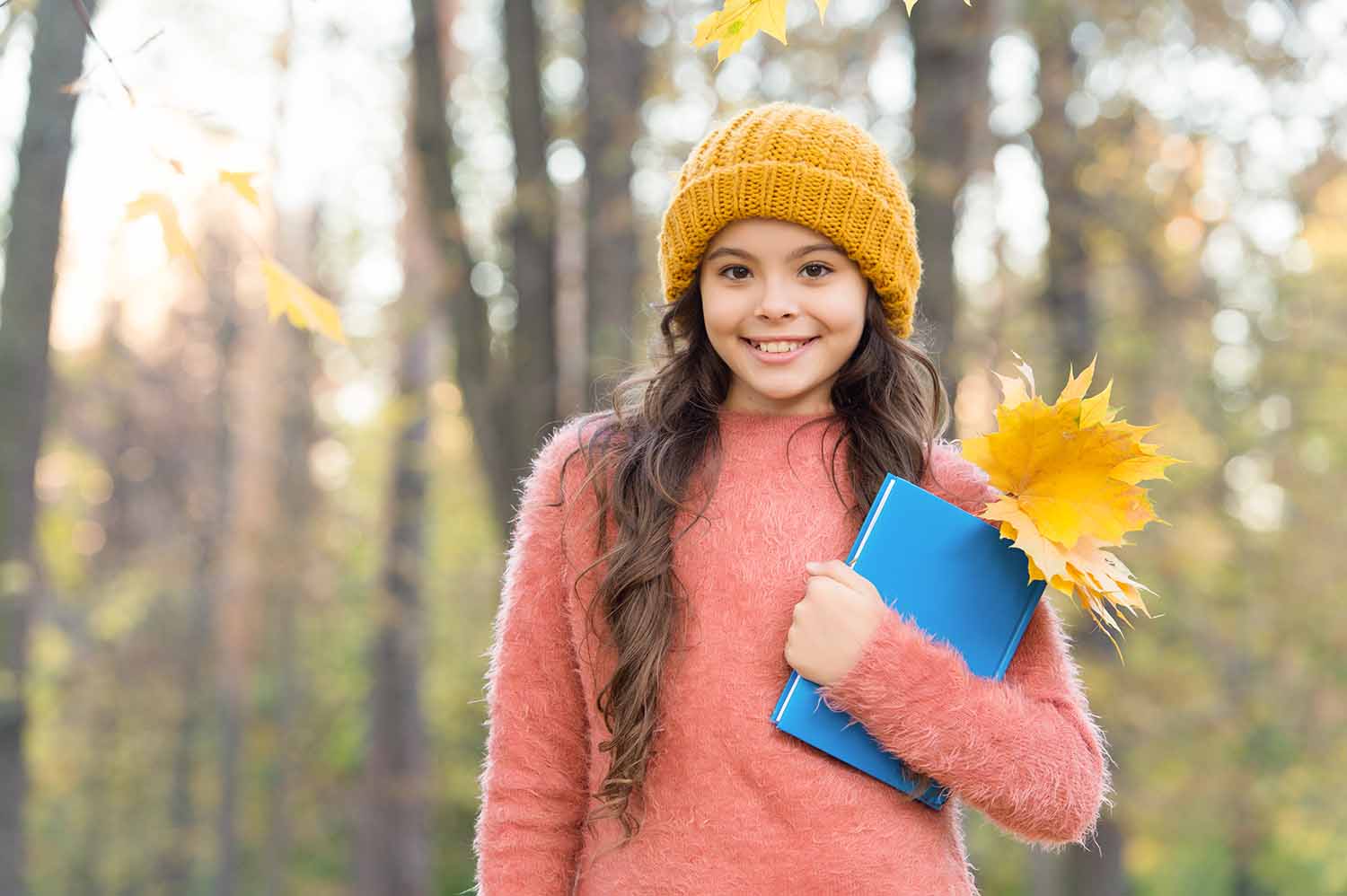How to Teach Gratitude to Students at Every Grade Level
Research shows that practicing gratitude is a powerful practice for mental health at every age. But honing an effective gratitude practice is about more than simply giving thanks when somebody does something nice for you.
Here are the research-backed benefits of gratitude, as well as a few activities you can use to teach gratitude to students at every grade level.
Why is Teaching Gratitude Important?
Gratitude is a skill that can improve our health and well-being. Some of the benefits of gratitude that are supported by research include:
- Increases your overall happiness
- Makes you more resilient against negative experiences and emotions
- Can be helpful for mental health concerns like depression and anxiety
- Increases feelings of optimism about your life
- Improves interpersonal relationships
- Strengthens pro-social behavior and makes us more generous people
- Has lasting positive effects on the brain
It’s important to teach our young people about gratitude because it’s a skill that needs to be learned, just like math or soccer. By helping students practice this skill over and over again, you can help strengthen their ability to practice gratitude on their own and reap the benefits.
Tips for Teaching Gratitude to Students

Teaching any new skill to students can be a challenge. For gratitude lessons to be successful with your students, they need to be engaging, relevant, and developmentally appropriate. This means that you must design the lessons in a way that gets their buy-in.
What works for middle and high school students may not be appropriate for younger kids. Here are some tips and activities for teaching gratitude to every age group.
Gratitude exercises for elementary school
Younger kids may understand gratitude through the lens of giving thanks for things that other people do for them. For example, they may be grateful for a birthday present, or give thanks to their mom for making them their favorite meal.
For this developmental group, you can try to focus on helping them foster a sense of gratitude on a more daily basis, not only when they receive gifts.
Gratitude art
One gratitude activity for elementary school students is to incorporate art. Children of all ages often express themselves best through art. Guide your students in a gratitude art project, such as a painting or a diorama. Invite them to include everything they feel grateful for. You may need to encourage them to think past important people in their lives (like their parents), although kids’ relationships with adults are very important at this age.
For example, what activities do they enjoy doing? What colors make them happy? What are their favorite songs?
Thank a staff member
This activity can get younger students to start appreciating every person that makes their lives possible. As a class, decide on a school staff member you want to thank. This should expand past you, their teacher. Ask your students to think about people on-campus that they have not noticed before. Perhaps they are grateful to the cafeteria staff for making sure they’re always fed. Maybe they’re grateful to the music teacher who comes once a week to give classes.
Whoever your class decides on, create something together that shows their gratitude towards this person. You might create an art piece or a video. Older kids may be able to express their feelings of gratitude in a scrapbook of letters. The idea is to help your students express their gratitude toward another person.
Gratitude exercises for middle and high school
Middle and high school students are old enough to engage in deeper self-reflection on their emotions and experiences. Teens are also more likely to feel self-conscious (experts say they have an “imaginary audience”), so gratitude for oneself may be a particularly important skill for this group.
Self-gratitude exercise
Lead your middle or high school students in a gratitude exercise that’s directed toward themselves. Ask them to write down aspects of themselves that they are grateful for. You may need to encourage them to look deeply into every part of themselves.
For example, students could be grateful for their legs for allowing them to run track. They could be grateful for their sense of hearing for allowing them to enjoy music. They could also be grateful for something about their personality, like the fact that they never give up.
Gratitude journal
Journaling is a great habit for mental health, especially when it focuses on the positive aspects of life (rather than ruminating over the negative aspects). You can incorporate time for gratitude journaling into your SEL curriculum, or use it as a way to start or end the school day. We’ve put together a list of 25 gratitude journaling prompts that you can use with teens.
Calm Classroom’s school-based mindfulness curriculum includes plenty of gratitude exercises for every grade. Get in touch with us today to start a free trial of our programs.





SIGN UP FOR OUR NEWSLETTER